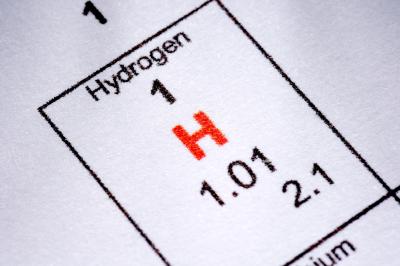
Hydrogen is the lightest and most plentiful element on Earth. Scientists and engineers have recognized the benefits of hydrogen gas for several centuries. Hydrogen has applications in many industries. It is a key reactant needed to produce commonplace chemicals such as ammonia. Hydrogen gas is one of two components of hydrogen fuel cells, a novel technology with outstanding potential for energy production. Historically, the potential uses of hydrogen gas increase as new technologies develop.
Hydrogen has been in great demand for the production of ammonia since the development of the Haber process in the 1930s. The manufacture of hydrochloric acid requires hydrogen gas as a key reactant. The petrochemical industry uses hydrogen gas to process common fossil fuels, upgrading them to purer forms. Petrochemical methods involving hydrogen include hydrodesulfurization, hydrocracking, and hydrodealkylation. Hydrogen gas also acts as a reducing agent in processing metallic ores, an important application in metallurgy and industries requiring pure metals.

The food and packaging industries use hydrogen gas as a tracer gas to detect leaks in sealed containers. This helps to ensure the security of packages where exposure to air would reduce the quality of the product. For increased safety, engineers will often mix hydrogen gas with nitrogen first, a combination known as forming gas. Hydrogen gas is ideal for this application because its molecules are incredibly small, allowing the gas to find microscopic leaks that may go undetected visually.
Hydrogen gas is one of two components that drive the energy production of hydrogen fuel cells. Unlike with fossil fuels, the only byproduct of burning hydrogen gas is water. The reaction of hydrogen gas with oxygen found in the atmosphere releases large quantities of energy, which we can use to fuel cars and power backup generators. While hydrogen gas can serve directly as a fuel source, fuel cells often use methane, which must first be converted to hydrogen gas with a catalyst such as platinum.

Hydrogen gas served originally as an inflation agent for zeppelins and blimps in the 1930s. After the Hindenburg accident in 1937, authorities declared hydrogen gas too dangerous for this application. Although the gas was blamed erroneously for causing the incident, the international community no longer uses hydrogen as an inflating agent in this context, electing to use helium instead. This holds true for all inflation applications, from birthday balloons to commercial blimps seen at sporting events.
